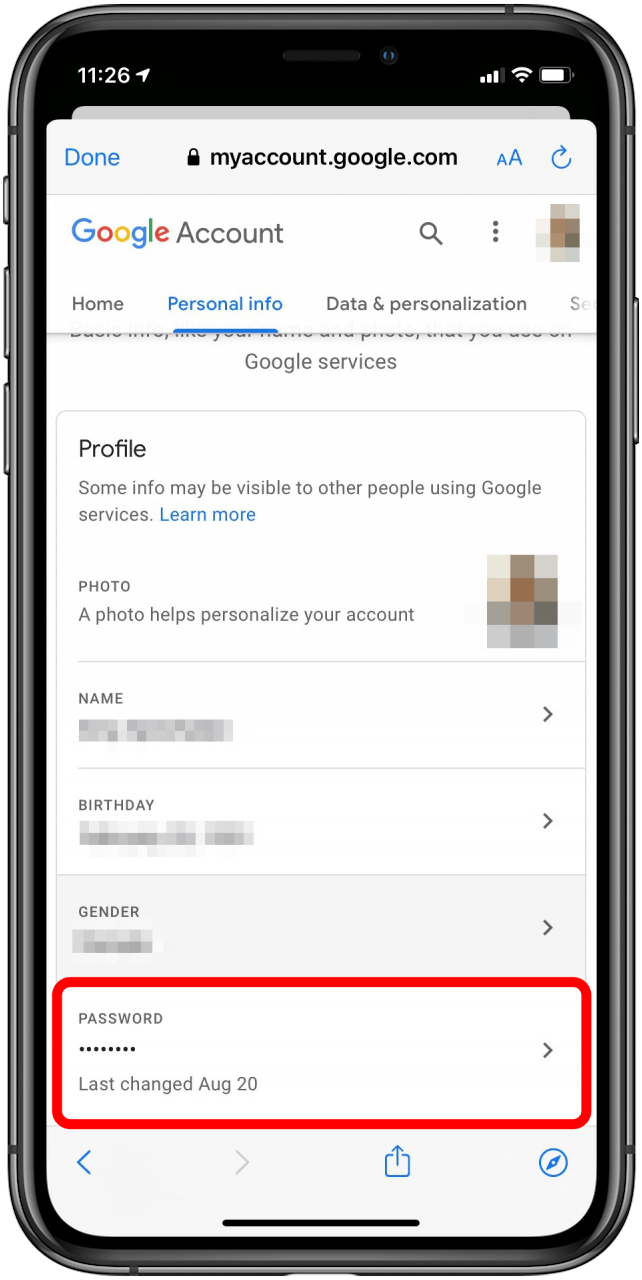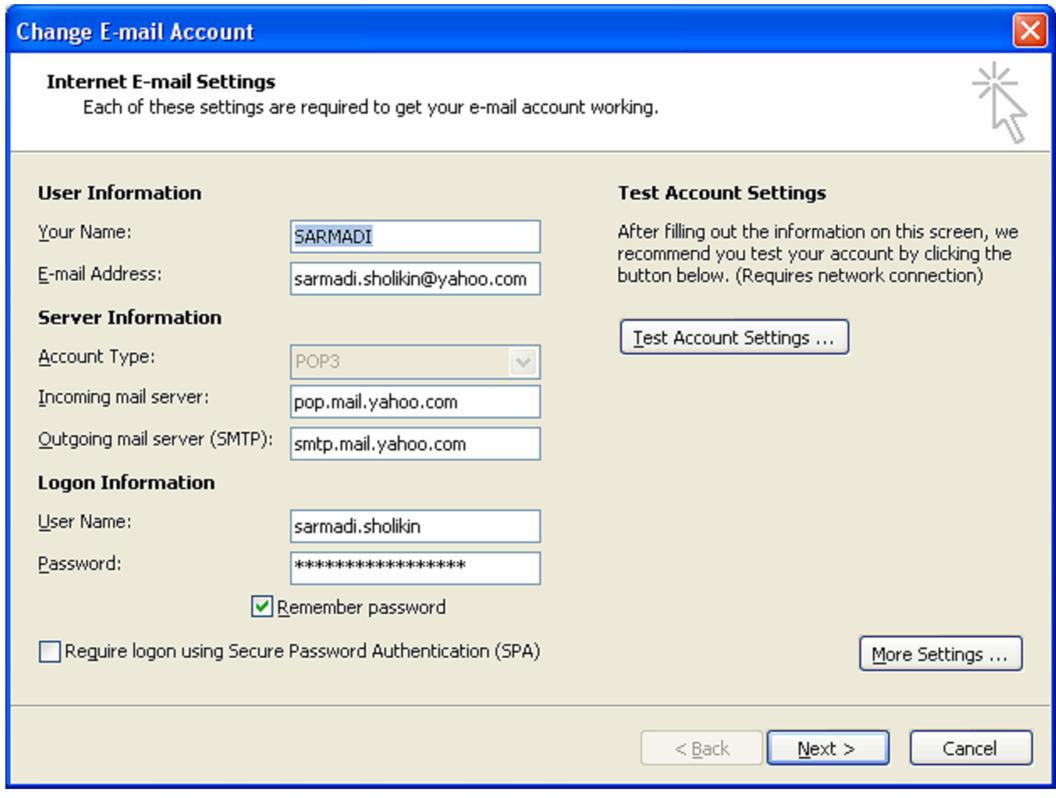
Set-OutlookProvider EXPR -CertPrincipalName msstd:*. Given that the Certificate Principal Name setting does not match to the wild certificate installed on the CAS, it is required to modify the parameter CertPrincName. The Service Discovery will return to the client the best CAS for Outlook Anywhere, in this case, and will configure the Certificate Principal Name to msstd. No change was made to the ExternalUrls and Outlook Anywhere ExternalHostName is set to .Īs the parameters Server and CertPrincName are $null. Scenario 2:Consider the same scenario as the above, however a wildcard certificate was deployed across the Client Access Servers - *. The setting on the EXPR Outlook provider set to will prevent Outlook Anywhere to connect since the is not longer available.

This setting will force all Outlook Anywhere clients, User1 and User2 to connect to the same CAS server no matter where the user mailbox is located, preventing the Service Discovery to provide the best CAS.Īnother issue could result if you decided to change Outlook Anywhere ExternalHostName to.

What would happen if you have modified the parameter Server to ? Remember that the Outlook provider is a global setting in Active Directory. As the parameters Server and CertPrincName are set to $null, they will be populated with the same value as ExternalHostName. The Service Discovery will return to the client the best CAS for Outlook Anywhere, in this case. The same behavior will happen when the User2 connects to. As the parameters Server and CertPrincName are $null. In this scenario we will explain the importance of not changing Outlook providers. When the User1 connect to server, the Autodiscover service will identify the request comes from an Outlook client and then will return both InternalURLs and ExternalURLs. Note: Autodiscover is configured properly on the Internet as. Both Outlook clients are on the Internet, thus they will connect through Outlook Anywhere.

The User1 mailbox is located on a Mailbox server on AD site 1, and User2 mailbox on a Mailbox server on AD site 2. Each Client Access Server has its own certificate installed. Scenario 1: Multiple AD sites where both CAS servers are Internet-Facing and Outlook Anywhere is enabled. We will consider a few scenarios and the impact if you the change Outlook provider configuration: If no value is specified, the default will be a TTL of 1 hour. A value of 0 indicates that no rediscovery will be required. After that time has elapsed (from the time the settings were retrieved), the settings should be rediscovered via Autodiscover again. The value here specifies the time to live in hours that these settings are valid for. For example, if SERVER were specified as "" and CERTPRINCNAME were left blank the default value of CERTPRINCNAME would be "msstd:". It specifies the SSL certificate principal name required when connecting externally from the Exchange topology and using SSL. The value here specifies the name of the mail server to use for RPC/HTTP. If RPC/HTTP is selected, protocol is EXPR. If RPC is used (Outlook Anywhere not selected in GUI), protocol is EXCH. As we can see in the table below, the parameters Server and CertPrincName only apply to Outlook EXPR provider - Outlook Anywhere clients. The cmdlet Set-OutlookProvider allows modifying related settings. Please also note that depending on the modification that was made, Autodiscover might stop working or prevent the client to connect to the Exchange server, so this should not be done lightly! What is the impact when we change the Outlook provider configuration? In what scenarios the Outlook provider should be modified? Relatively few changes will need to be made in the Outlook Providers. You also must close Outlook if you want to delete or rename the default identity.As mentioned in my previous post on the subject of Autodiscover Service and Outlook Providers - I wanted to follow-up with the discussion of modifying the providers. To switch identities, you must close Outlook first. Note: You can create, rename and delete identities (other than the default one) with Outlook open. To switch identities, click on the identity that you want, click on Action, and then click on Set as Default.To delete an identity, click the identity that you want to remove, and then click on Delete.

To rename an identity, double-click on the identity, and then type a new name for the identity.(You can also open the Database Utility if you close Outlook, hold down the Option key, and then click on the Outlook icon in the Dock.)Īnd then type a name for the new identity. The default location is in /Applications/Microsoft Office 2011/Office/Microsoft Database Utility. To manage identities in Outlook 2011 for Mac, you must use the Microsoft Database Utility, which is installed as part of your Office installation.


 0 kommentar(er)
0 kommentar(er)
